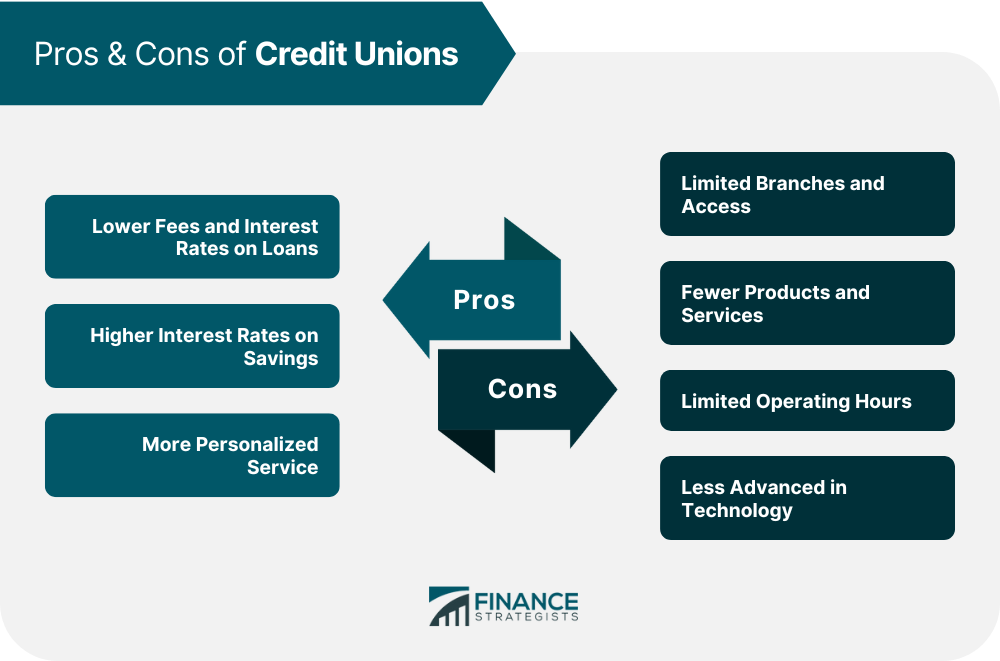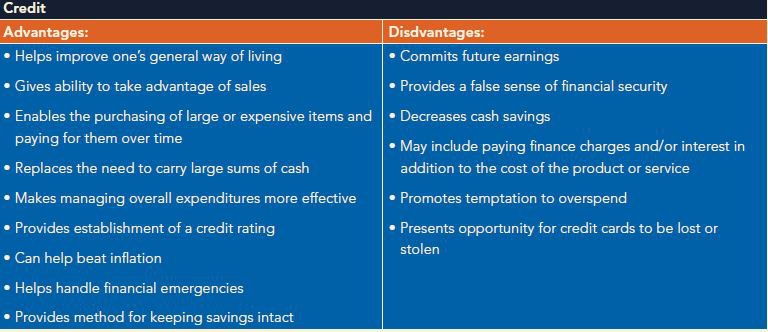Join the Motion: Why Federal Lending Institution Matter
In the world of banks, Federal Cooperative credit union stand out as columns of community-focused financial, however their relevance prolongs past typical financial solutions. They represent a standard change in the direction of member-driven financial options that prioritize inclusivity and mutual development. As we decipher the layers of their influence on areas and people alike, it ends up being obvious that Federal Lending institution hold the trick to a more prosperous and fair monetary landscape. Join us as we discover the complex tapestry of factors why Federal Credit history Unions issue, and find how they are forming the future of monetary empowerment.
Background of Federal Lending Institution
Because their creation, Federal Cooperative credit union have played a pivotal function in the financial landscape of the United States. The background of Federal Credit history Unions days back to the very early 20th century when the Federal Credit Union Act was signed right into law by President Franklin D. Roosevelt in 1934. This Act was a response to the Great Depression, aiming to advertise thriftiness and protect against usury by offering economical credit rating to members.
The Act allowed teams of individuals with an usual bond, such as workers of the exact same business or participants of an organized labor, to form lending institution. These cooperative credit union were established as not-for-profit monetary cooperatives, had and run by their participants. The cooperative structure made it possible for people to merge their resources and supply accessibility to budget friendly financings and various other economic solutions that may not have been readily available to them via conventional banks.
Over the years, Federal Lending institution have proceeded to expand in number and influence, serving numerous Americans nationwide. They have continued to be fully commited to their beginning principles of area focus, participant ownership, and financial incorporation.
Distinct Providers Used by Lending Institution

In addition, cooperative credit union commonly offer lower interest prices on loans and bank card compared to larger financial organizations. This can lead to substantial price savings for members, especially for those seeking to borrow money for big purchases such as homes or cars. Additionally, cooperative credit union regularly provide greater rate of interest on financial savings accounts, allowing participants to expand their cash a lot more properly.
Another distinct solution used by cooperative credit union is profit-sharing. As not-for-profit companies, lending institution disperse their profits back to participants in the form of dividends or lowered charges. This participating structure cultivates a sense of shared ownership and area amongst participants, enhancing the concept that debt unions exist to offer their members' ideal rate of interests.
Advantages of Membership in Credit History Unions
Signing up with a credit report union supplies members a host of substantial advantages that originate from the institution's member-focused method to monetary solutions. Unlike traditional banks, debt unions are not-for-profit organizations owned and run by their participants. This distinct framework allows debt unions to focus on the best passions of their participants most importantly else, causing several benefits for those that pick to join.

Neighborhood Impact of Credit Unions
Cooperative credit union play a crucial role in cultivating financial stability and development within regional communities with their distinct economic solutions version. Unlike conventional financial institutions, lending institution are member-owned and ran, permitting them to concentrate on offering the finest passions of their members as opposed to producing revenues for investors. This member-centric approach equates into concrete advantages for the neighborhood at big.
One significant method cooperative credit union influence communities is by providing access to economical economic services and products. Wyoming Federal Credit Union. From low-interest car loans to competitive interest-bearing accounts, cooperative credit union provide a large array of alternatives that assist individuals and local business grow. By reinvesting their revenues back right into the community in the form of lower charges, higher rate of interest on down payments, and far better lending terms, lending institution contribute to the general financial health of their participants
Furthermore, cooperative credit union often focus on financial education and learning and outreach efforts, outfitting area members with the knowledge and sources needed to make audio financial choices. By providing economic literacy programs, workshops, and individually therapy, debt unions equip people to achieve higher financial self-reliance and safety and security. On the whole, the neighborhood impact of cooperative credit union surpasses just banking solutions; it reaches constructing more powerful, more durable communities.
Future Development and Trends in Cooperative Credit Union
In the middle of shifting and advancing financial landscapes consumer preferences, the trajectory of credit rating unions is poised for vibrant adjustment and advancement. As more purchases move to electronic systems, credit rating unions are improving their online solutions to satisfy member expectations for comfort and efficiency.
Furthermore, sustainability and social duty are becoming key fads affecting the development of lending institution. Members are significantly looking for banks that straighten with their values, driving credit report unions to incorporate environmental and social efforts right into their operations (Cheyenne Credit Unions). By prioritizing sustainability techniques and area growth jobs, credit report unions can draw in and retain participants who focus on ethical banking techniques

Conclusion
To conclude, federal credit score unions play an essential role in advertising monetary stability, area empowerment, and inclusivity. Via their special services, participant ownership framework, and commitment to reinvesting in the neighborhood, cooperative credit union focus on the well-being of their members and add to developing more powerful neighborhoods. As they proceed to expand and adapt to altering patterns, credit history unions will certainly remain an important pressure ahead of time economic independence for all people.
The history of Federal Credit Unions dates back to the early 20th century when the Federal Credit Union Act was authorized into regulation by Head Cheyenne Federal Credit Union of state Franklin D. Roosevelt in 1934.The Act enabled groups of individuals with an usual bond, such as staff members of the same firm or members of a labor union, to create debt unions.Furthermore, credit history unions usually supply reduced rate of interest rates on fundings and credit cards contrasted to bigger financial organizations.Additionally, credit report unions commonly focus on financial education and outreach efforts, equipping neighborhood members with the knowledge and resources needed to make audio monetary decisions. With their distinct solutions, participant possession framework, and dedication to reinvesting in the neighborhood, credit history unions prioritize the well-being of their participants and contribute to constructing stronger neighborhoods.
Comments on “Discover Top Credit Unions Cheyenne: Quality Financial Solutions Await”